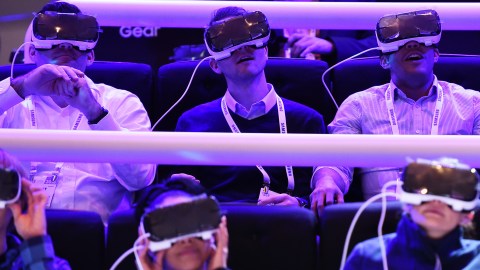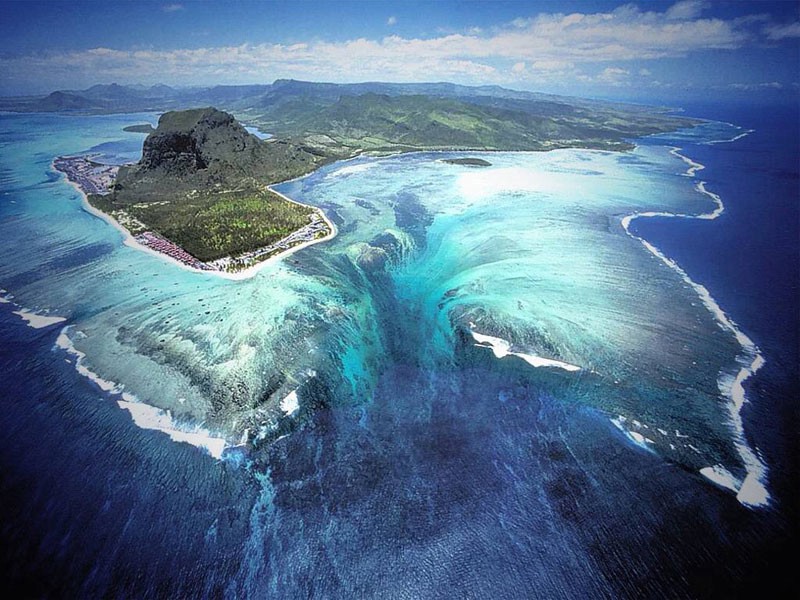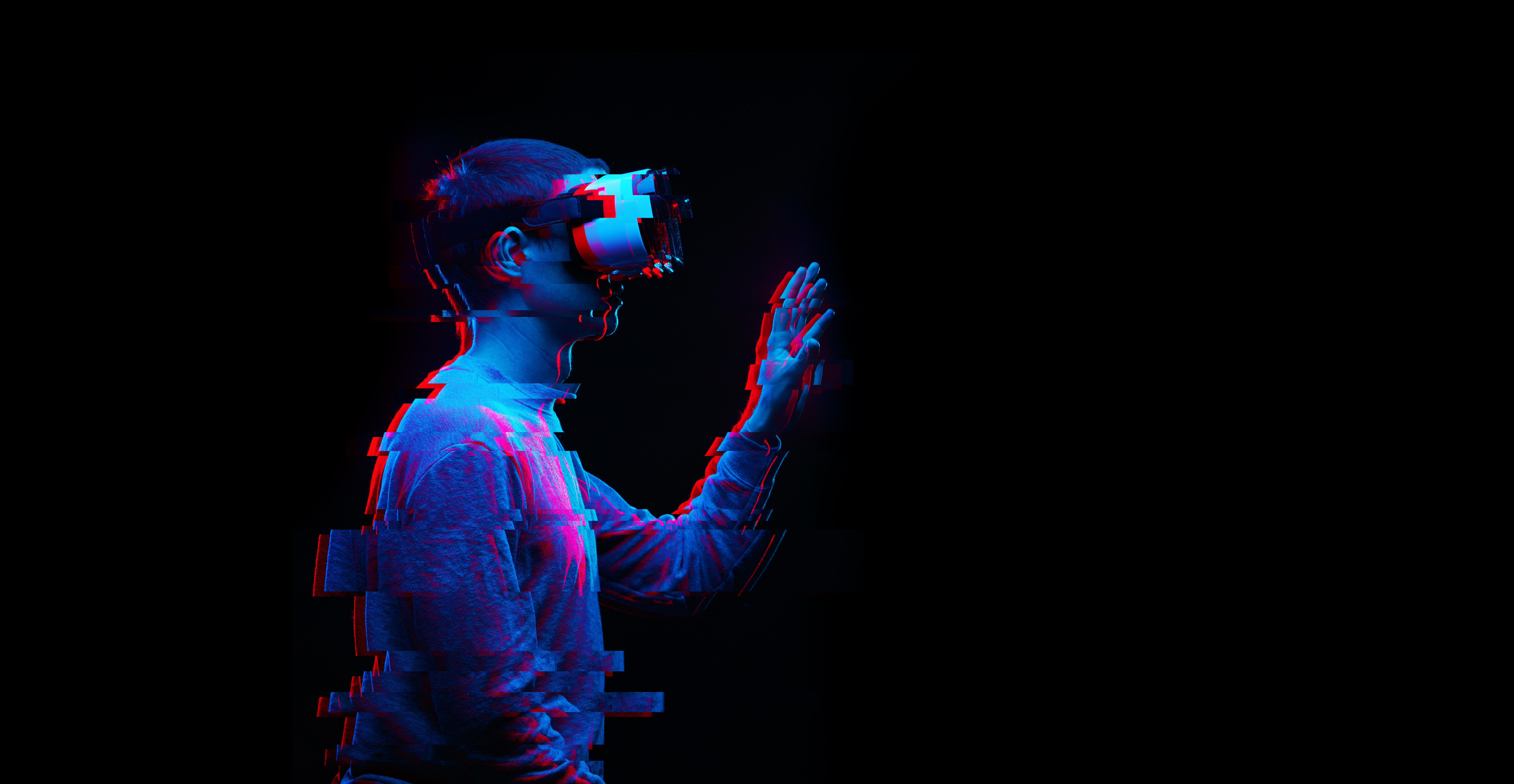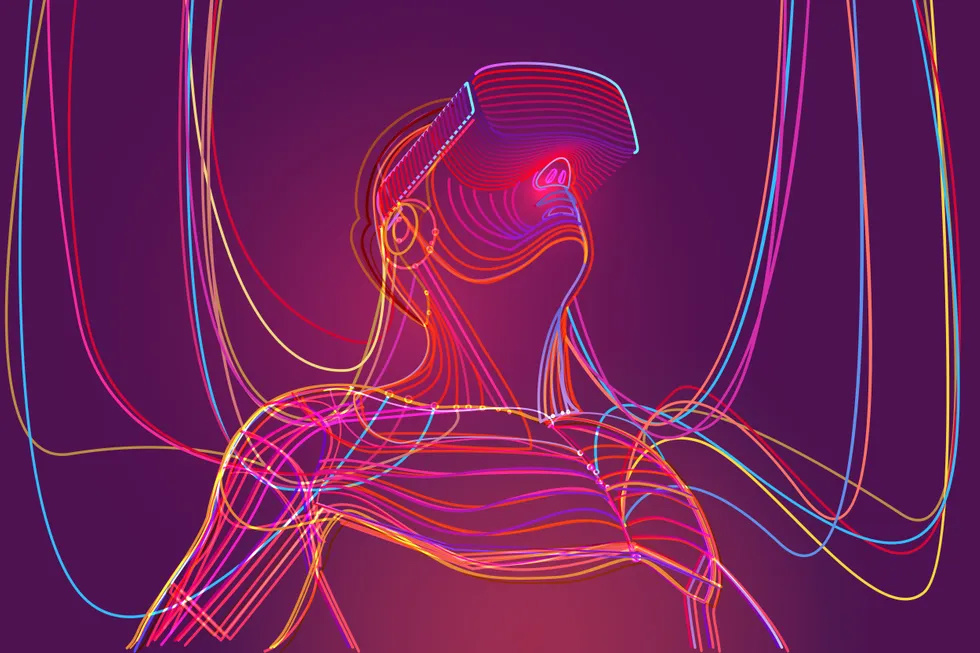Oh the Places You’ll Go… on a Virtual Reality Expedition

Virtual reality is on its way to becoming a mainstream way to experience the sights around the world.
Samsung’s Gear VR and Google’s Cardboard have paved the way, offering consumers low-cost accessories to transform their smartphones into virtual reality headsets. But before, it was projects like the Oculus Rift that showed us the technology and resources were there to make virtual reality a viable product.
Virtual reality is more accessible than ever, and that means the world is more accessible than ever. Jason Silva, the Emmy-nominated host of Brain Games, sees virtual reality as an “agent of empathy.”
“I think it’s like they talk in the movie Interstellar — our empathy rarely extends beyond our line of sight. And I think with virtual reality and the Oculus Rift, we now are extending our line of sight by being able to go everywhere at the speed of mind,” Silva said.
There are many who believe virtual reality could help extend our minds by allowing us to see outside our homes and even outside our own world. Ryan Holmes and Isaac Vesouca, from SpaceVR, believe these experiences could be powerful enough to alter our consciousness. They’re on a mission to setup a 360-degree video camera in the International Space Station, so people can see the Earth from an astronaut’s perspective — as a whole living, breathing organism.
Google has similar ambitions with the Expeditions Pioneer Program, VR software for educators, which allow teachers to take their classrooms on journeys around the world. They can explore where the Spirit rover landed on Mars, dive down to the ocean and see the Great Barrier Reef, or even take an educational tour of Buckingham Palace:
Anyone with an Internet connection was invited to explore the ancient rock city of Petra in Jordan. It showed how technology has allowed us to grow our fabric of knowledge, which helps us understand our world that much better. The hope is virtual reality will allow us to extend our understanding–to feel more present and connected to these places.
“I look at the phenomenon called Google Earth and how the Googlers have stepped up and not only used this wonderful format, Google Earth to inform people about what is happening on the land, but now to fill out the ocean,” says oceanographer Sylvia Earle.
***
Photo Credit: ROBYN BECK / Getty Staff
Natalie has been writing professionally for about 6 years. After graduating from Ithaca College with a degree in Feature Writing, she snagged a job at PCMag.com where she had the opportunity to review all the latest consumer gadgets. Since then she has become a writer for hire, freelancing for various websites. In her spare time, you may find her riding her motorcycle, reading YA novels, hiking, or playing video games. Follow her on Twitter: @nat_schumaker





